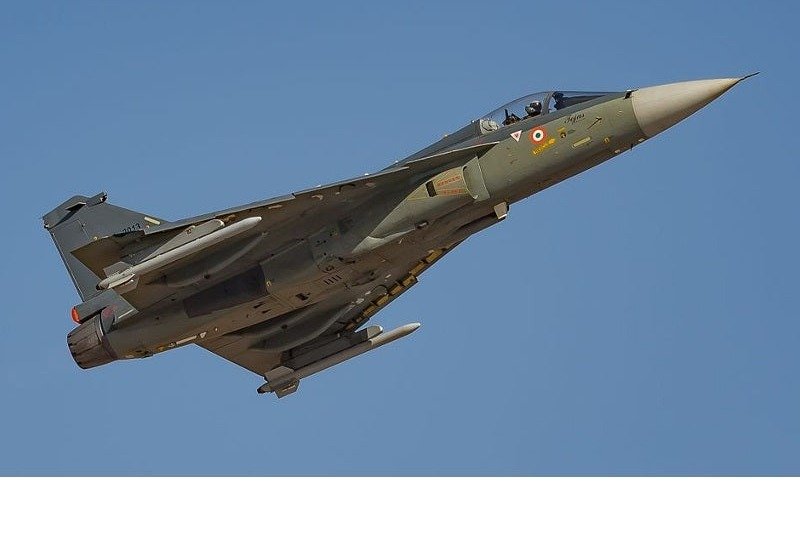SRO is testing the parachute system for the Gaganyaan program in suborbital flight using a modified strap-on booster from its medium-lift rocket as a stand-alone vehicle.
to evaluate the Gaganyaan Crew Module’s parachute systems during different descent stages.
The PSOM XL motor, which was first used as a strap-on booster for the Polar Satellite Launch Vehicle (PSLV), powers the SOLVE rocket.
Prior to human spaceflight missions, confirm the parachute hardware’s functionality and safety.
The parachute system, which guarantees a safe water landing following re-entry into Earth’s atmosphere, is an essential part of this mission. The system has main parachutes for the last descent and drogue parachutes to lower speed to subsonic levels.
In August 2023, ISRO successfully carried out integrated tests for the deployment of drogue parachute at the Rail Track Rocket Sled Facility of the DRDO. These parachutes are crucial for slowing down the capsule and causing the main parachutes to deploy. When ordered, the drogue parachutes are ejected from mortars that are packed with pyrotechnics. These 5.8-meter-diameter conical ribbon-style parachutes minimize canopy area and opening shock by using a single-stage reefing mechanism.
Since November 2022, close-loop testing has been conducted on the Gaganyaan’s primary parachutes. The Gaganyaan capsule, weighing five tons, was dropped from a height of 2.5 kilometers during testing. Like SpaceX’s Crew Dragon, the main parachutes first deployed in a reefed configuration to reduce the load. In order to qualify these parachutes for crewed flights, ISRO plans to carry out five integrated tests.
In the event of an anomaly, the Gaganyaan spacecraft’s launch escape system will swiftly separate the capsule from the launch vehicle. The system is installed on top of the capsule and propels it to safety using solid rocket boosters.
Apex cover separation parachutes are the first in a series of steps in the parachute deployment sequence. Drogue parachutes come next, and main parachutes that guarantee a safe landing come last.
In July 2018, the Gaganyaan’s launch escape system underwent its first integrated test, proving that it could function from the ground. Before safely descending to the Bay of Bengal, the crew module experienced acceleration up to 10Gs and reached an altitude of 2.5 kilometers.
A follow-up test to evaluate the launch escape system at supersonic speeds was planned for October 2023. The majority of the test’s goals were met, although during recovery, the crew module took on an unexpected orientation due to choppy waters. An “uprighting system” will be installed by ISRO to keep the Gaganyaan from capsize during choppy seas. The launch escape system will be tested at twice the speed of sound in a second in-flight abort test in May 2024.
For the Gaganyaan Program, ISRO successfully finished a static test of a human-rated solid rocket booster (HS200) on May 13, 2022. The HS200 booster was tested for 135 seconds while carrying 203 tons of solid propellant.
